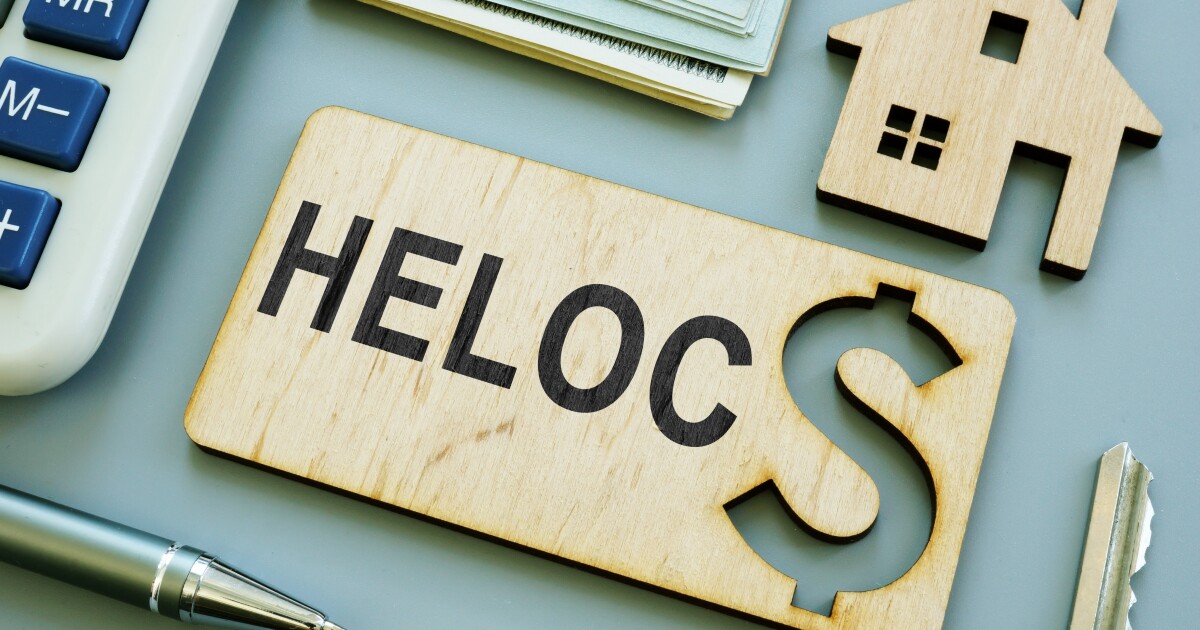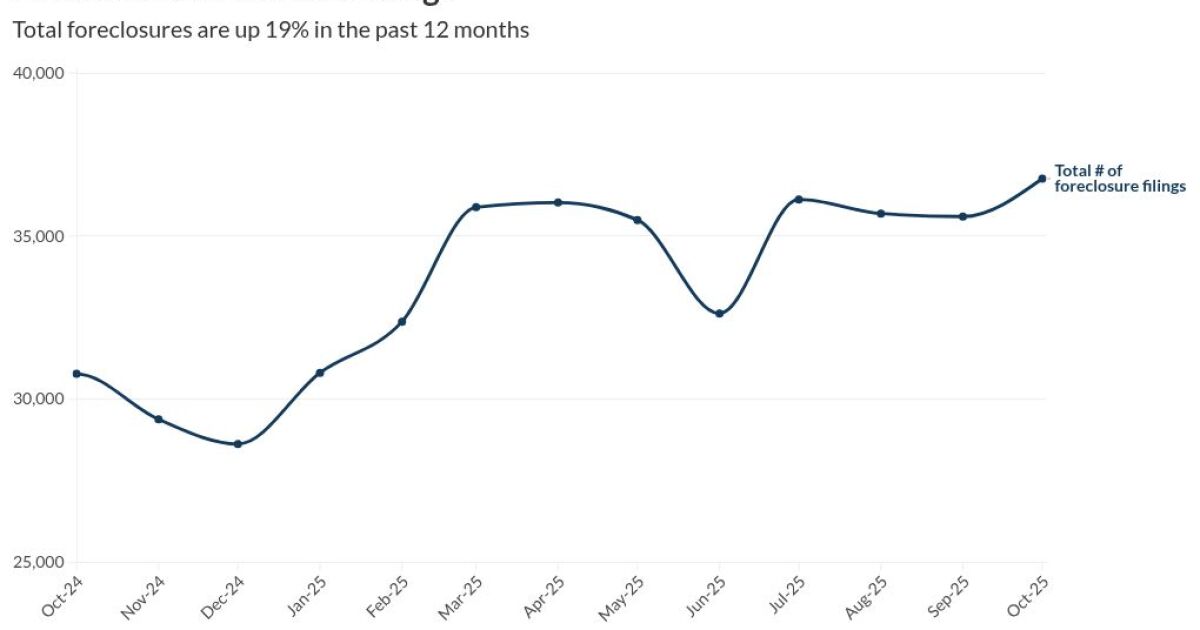
The rise in home equity lending should continue through the end of next year as conditions feeding current growth in the product will drive the market, a new study from the Mortgage Bankers Association has found.
In 2024, the total combined HELOC and outstanding home equity loan debt grew 10.3%, according to the MBA's 2025 Home Equity Lending Study. Total originations also increased 7.2% from the year before.
"With close to $35 trillion of homeowner equity in residential real estate and many homeowners locked into low-rate first mortgages, HELOCs and home equity loans have become the product of choice for many homeowners," said Marina Walsh, MBA's vice president of industry analysis, in a statement.
The study findings are another example of the
Last year was good for home equity lenders, and they're
Outstanding HELOC debt is expected to go up 9.8% next year while home equity loans are anticipated to rise 6.6%, survey participants said. They expect that to continue into 2026 as well, with predictions of a 9.5% increase in HELOCs and 4.1% in home equity loans.
Homeowners' reasons for taking out loans have changed, though. In 2022, nearly two-thirds of loans were being used for home renovations; by 2024, that number had fallen to 46%. Instead, many borrowers are using their home equity loans to pay other bills and consolidate debt, with the total amount of loans used for that rising to 39% in 2024, up from 25% in 2022.
Even as the future for home equity credit looks bright, challenges still remain that complicate the manufacturing process.
"[J]ust 50 percent of home equity applications are closing, and turn times are averaging 39 days," Walsh said. "Automated valuations and decisioning, integrations with mortgage platforms, and accessible self-service options are a few ways lenders intend to increase efficiency and reduce costs."
And while more burrowers are taking out HELOCs, fewer are actually using them. Monthly average utilization actually fell in 2024 to just 34%, down from 37% in 2023. This is a major drop from 2018 when the average utilization rate was 46%. It's possible, the report theorized, that some borrowers are still scarred by memories of the Great Recession or unsettled by current economic uncertainty and fears of a recession and so are wary of tapping into their home's equity.
To address this, the report suggested that lenders market their home equity products to customers more heavily, including digitally, on social media, and through direct mail. It also recommended giving consumers multiple ways to utilize their HELOCs, such as a promotional HELOC check program, or offering short term promotional rates and other incentives to encourage usage.
Past surveys have found
Other challenges may be harder to overcome, though.
The study, which collected data through Dec. 31, 2024, encompassed $24.8 billion in home equity origination volume, $167.4 billion in home equity credit extended, and $70 billion in outstanding borrowings.



